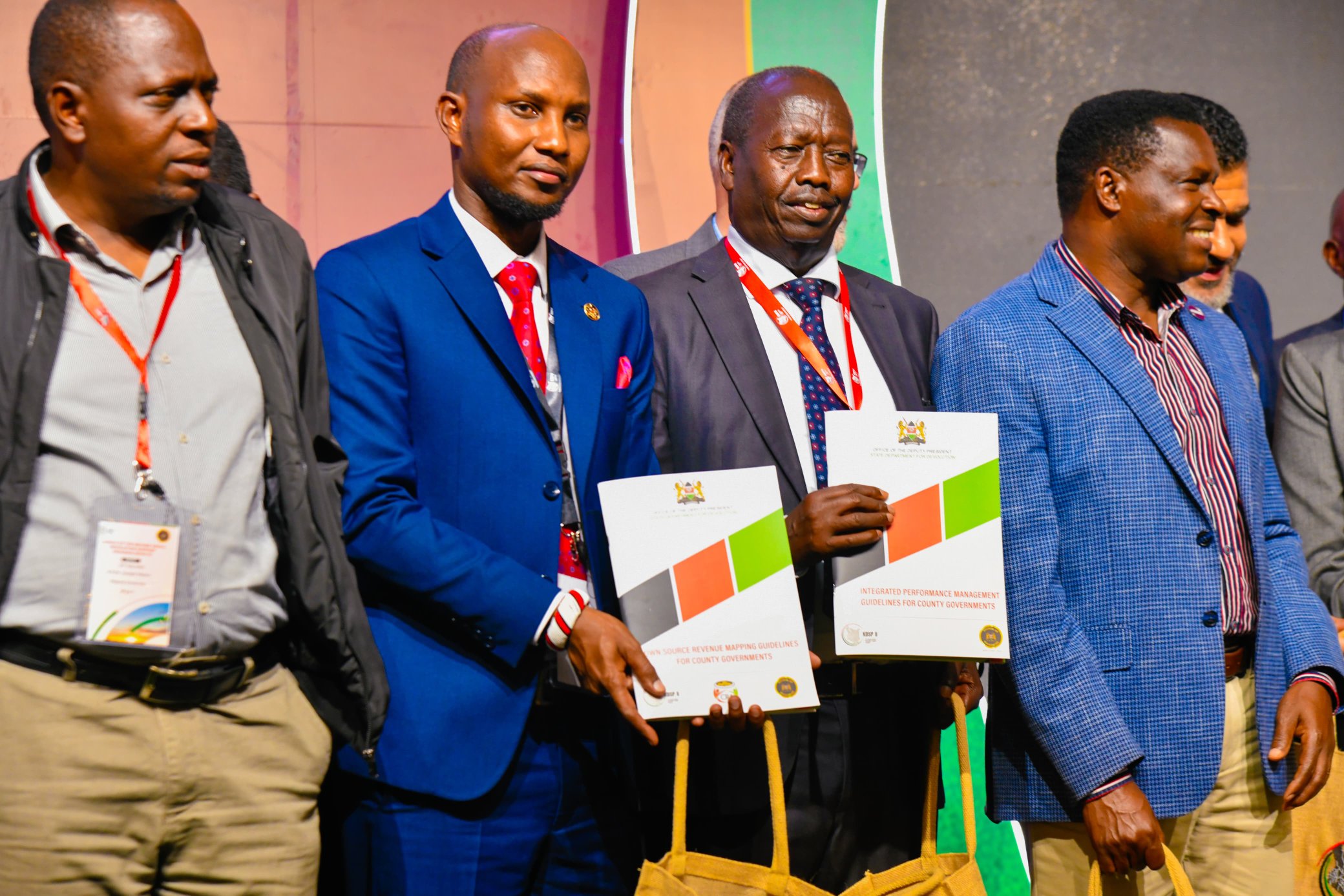The State Department For Devolution has officially launched the second phase of the Kenya Devolution Support Programme (KDSP II), marking a significant step in enhancing cooperation between national and county governments.
The program, supported by development partners including the World Bank, aims to improve service delivery, financial management, and citizen engagement across all 47 counties.
Speaking at the launch, Principal Secretary,State Department For Devolution, Michael Lenasalon outlined the program’s four key focus areas: county financing reforms, human resource management, performance tracking, and public participation.

Lenasalon emphasized that KDSP II will empower county governments to take greater ownership of development projects while ensuring transparency and accountability in resource utilization. A major highlight of the program involves strengthening counties’ ability to generate their own revenue.
He praised Machakos and Mombasa counties for leading in revenue mapping, while acknowledging the financial challenges other counties face in implementing similar measures. New forecasting tools being developed promise to help counties better plan their budgets and reduce pending bills.
Lenasalon stressed that meaningful public involvement remains crucial for devolution’s success. With preparations underway for the Devolution Conference in Homabay County, KDSP II represents Kenya’s renewed commitment to realizing the full potential of decentralized governance.

At the same time, Council of Governors Vice-Chair Mutahi Kahiga advocated for stronger institutional support for devolution. He called for reinstating a full devolution ministry, arguing that the current state department structure lacks sufficient authority.
Kahiga also defended county governments against criticism, noting that governors face rigorous oversight from both county assemblies and the Senate. The program introduces innovative public participation mechanisms, including community project management committees that will monitor implementation. These measures aim to eliminate “white elephant” projects by ensuring developments match actual community needs.
Read more on:
The program’s success could significantly improve how citizens experience government services while strengthening intergovernmental cooperation nationwide.















